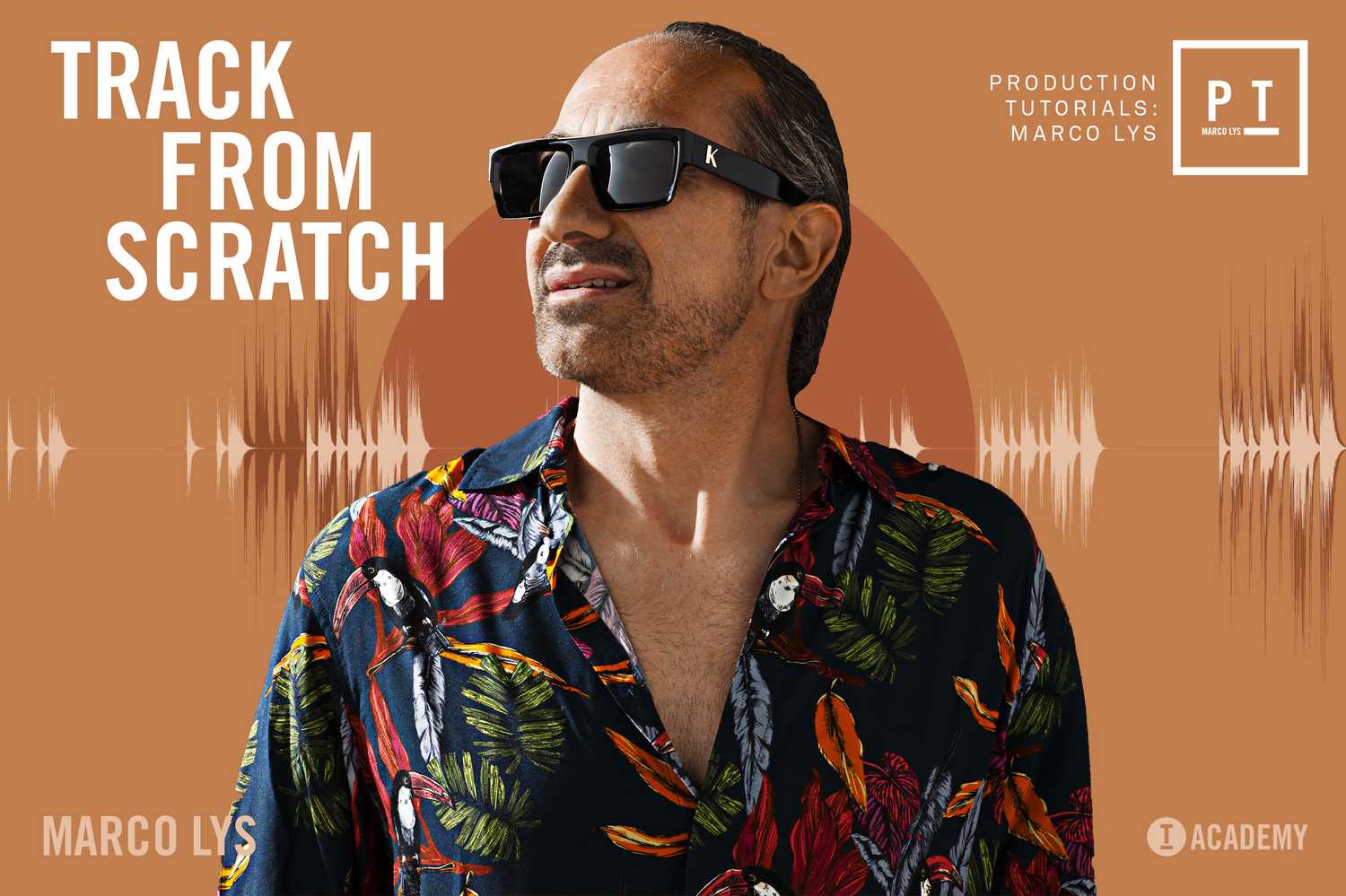has been added to your cart.
DJ S.K.T: Track from Scratch
DJ S.K.T
4hrs 13mins
Chapters
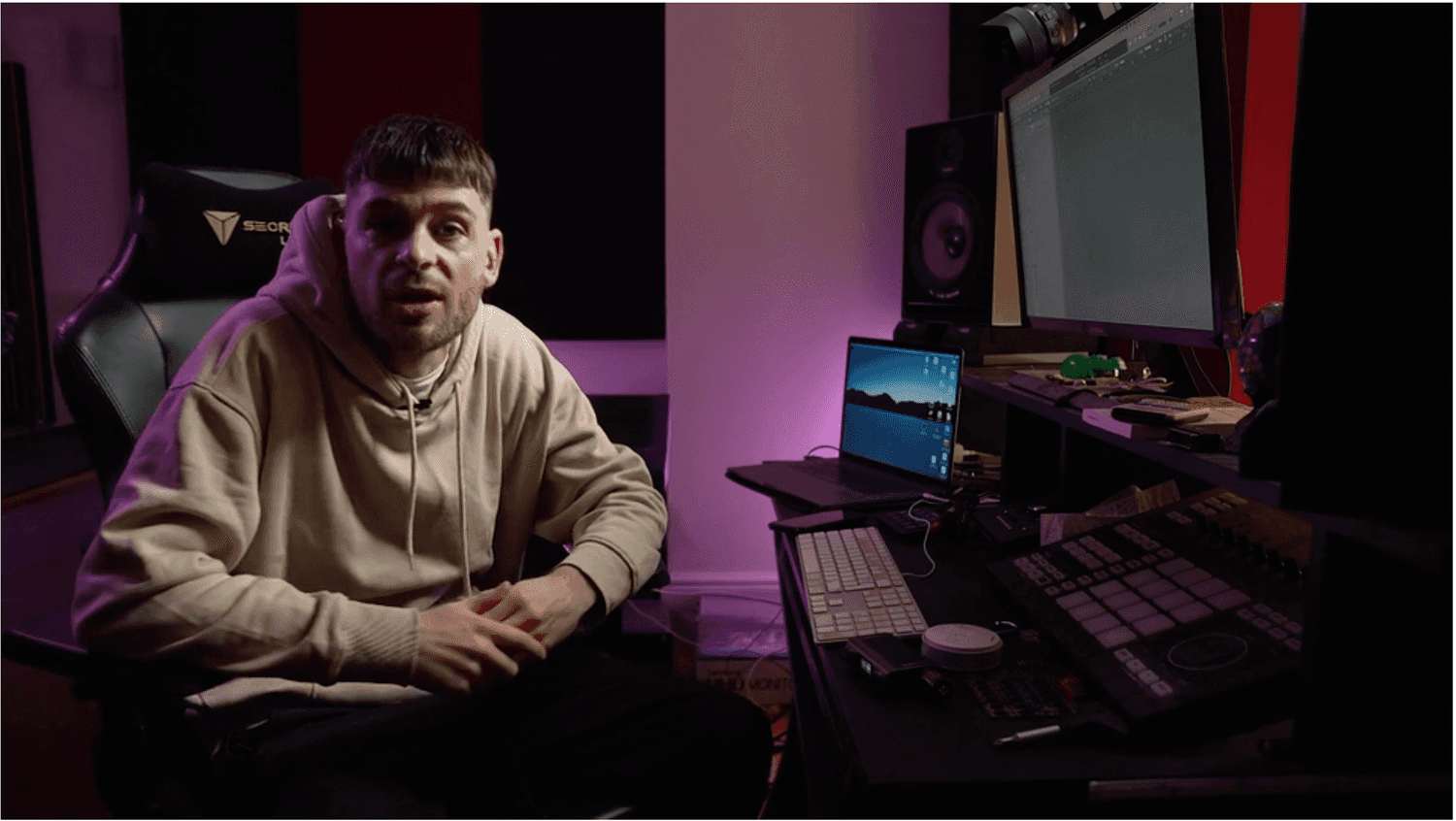
Working with Vocals
You'll learn how to compress and EQ vocals, and watch how DJ S.K.T prepares them for the addition of drums. You'll also see a selection of his most useful, go-to plugins.
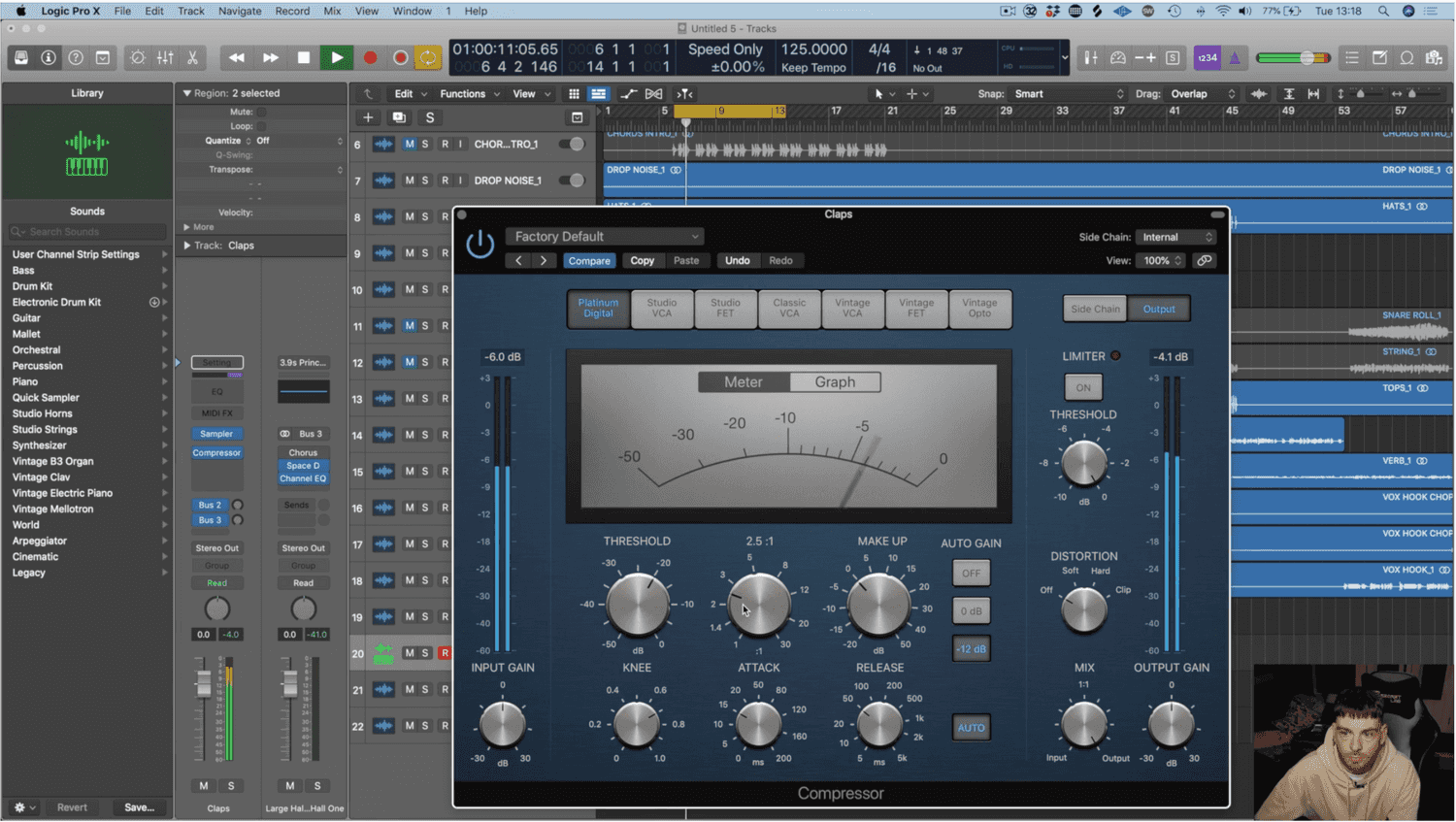
Building a Drum Beat
DJ S.K.T selects the best drum samples for his track, builds a groove, processes the samples and shares workflow tips.
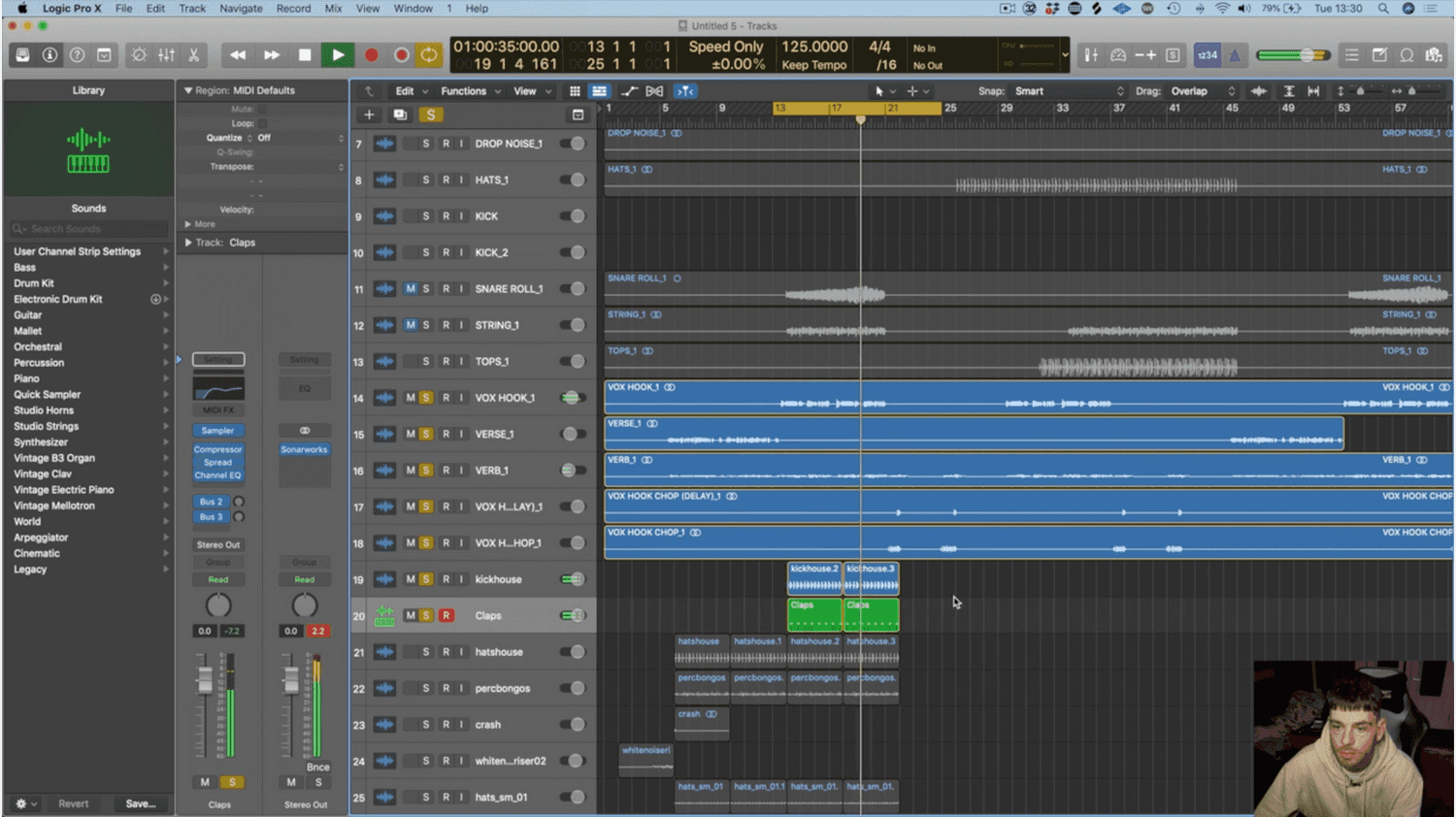
Piano Stabs and Vocal Doubling
Time to develop the track. DJ S.K.T adds some piano stabs and brings the track into the next section with pitch shifted vocals.
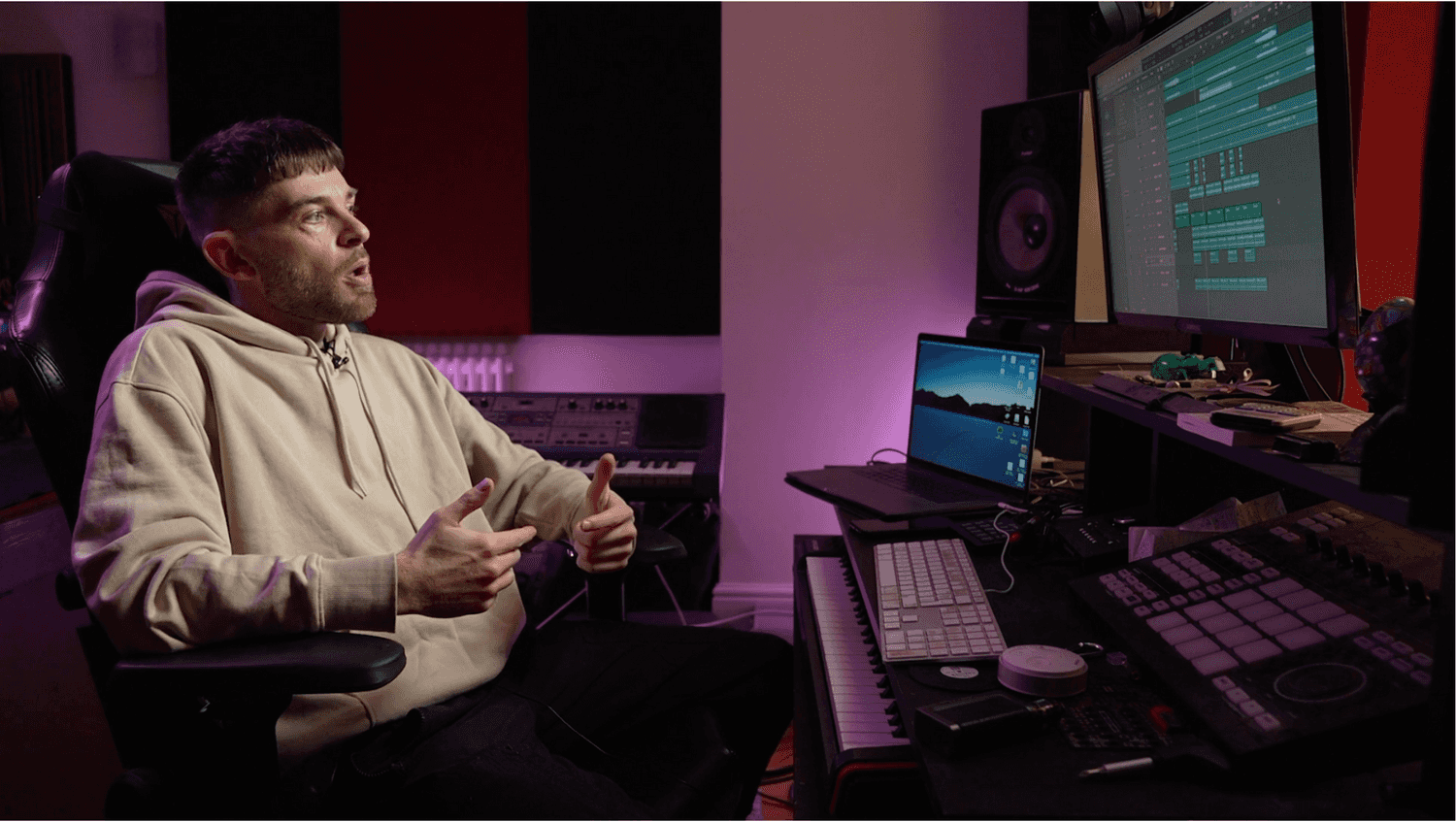
Adding Energy to the Buildup
Risers and effects automation help make an exciting buildup. DJ SKT shows off the manual automation function in Logic Pro.
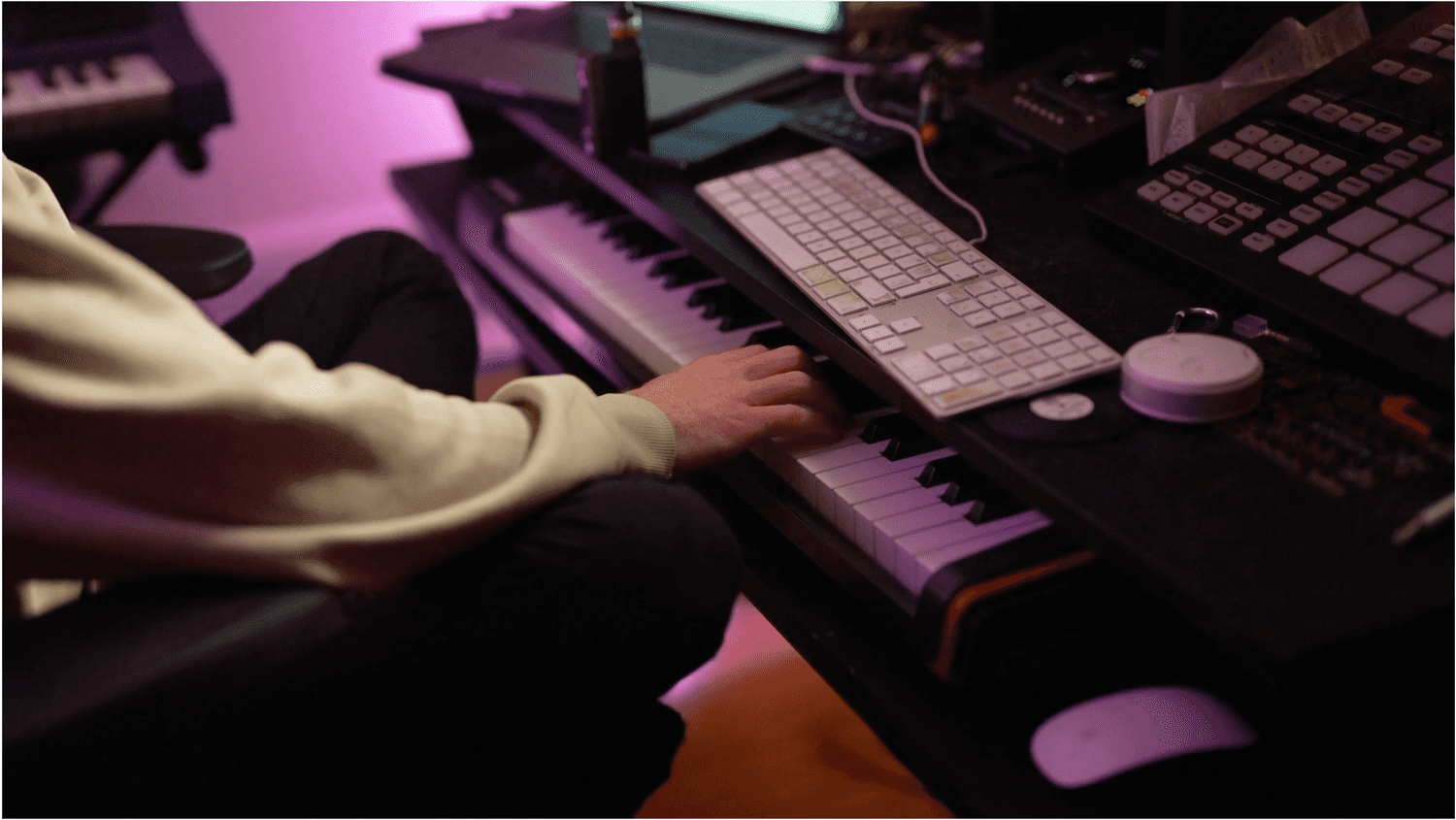
Finalising the Intro and Buildup
DJ S.K.T finalises his intro and buildup with layered synths, mixing as he goes with compression, EQ, saturation and limiting.
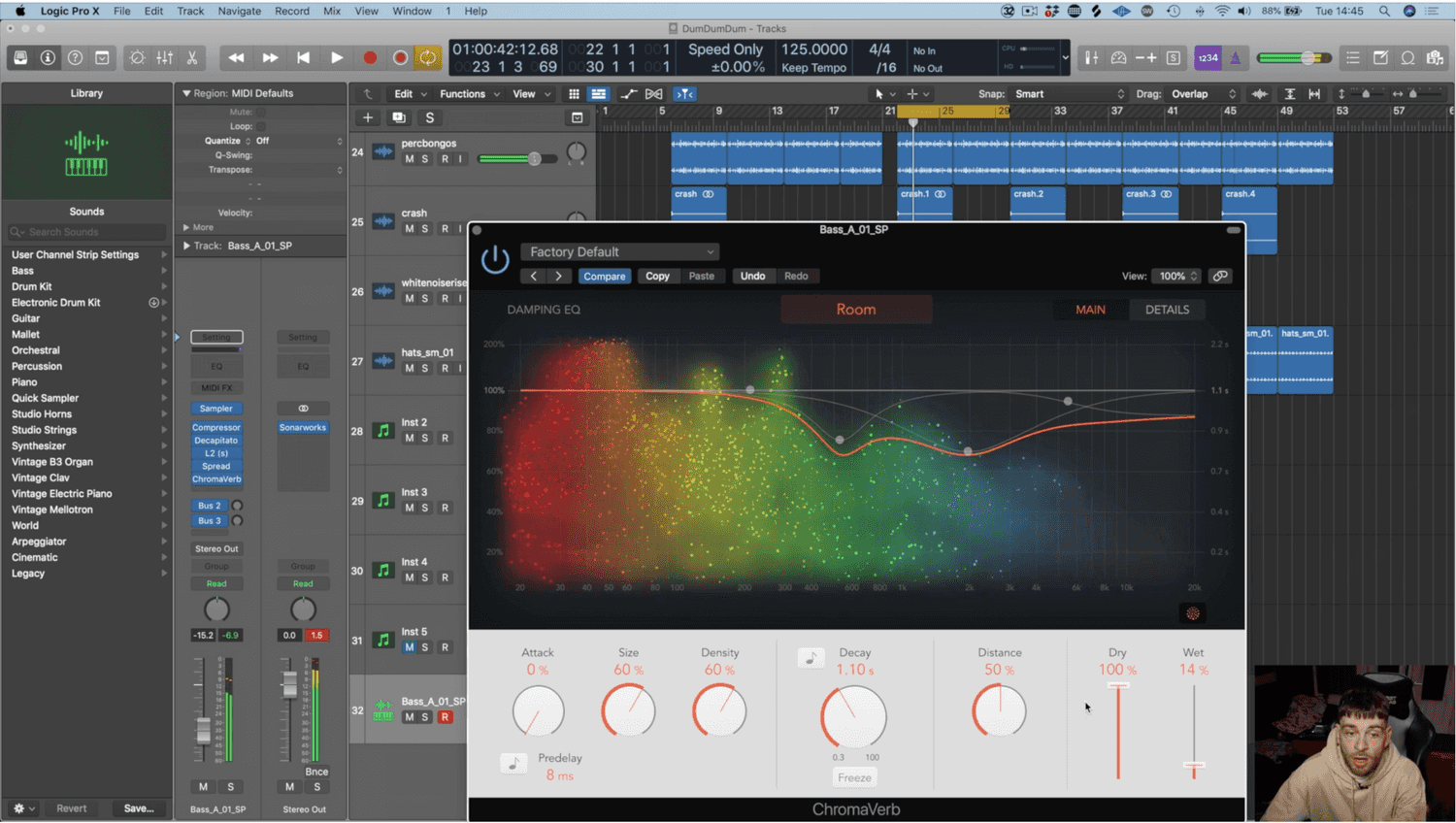
Adding Bass to the Drop
Every drop needs low end energy. DJ S.K.T adds a bassline to match the rest of the track, tweaking the sound with FX for maximum impact.

Developing the Drop
To pad out the drop and add more groove, DJ S.K.T adds plucks and a second tom-style bassline.
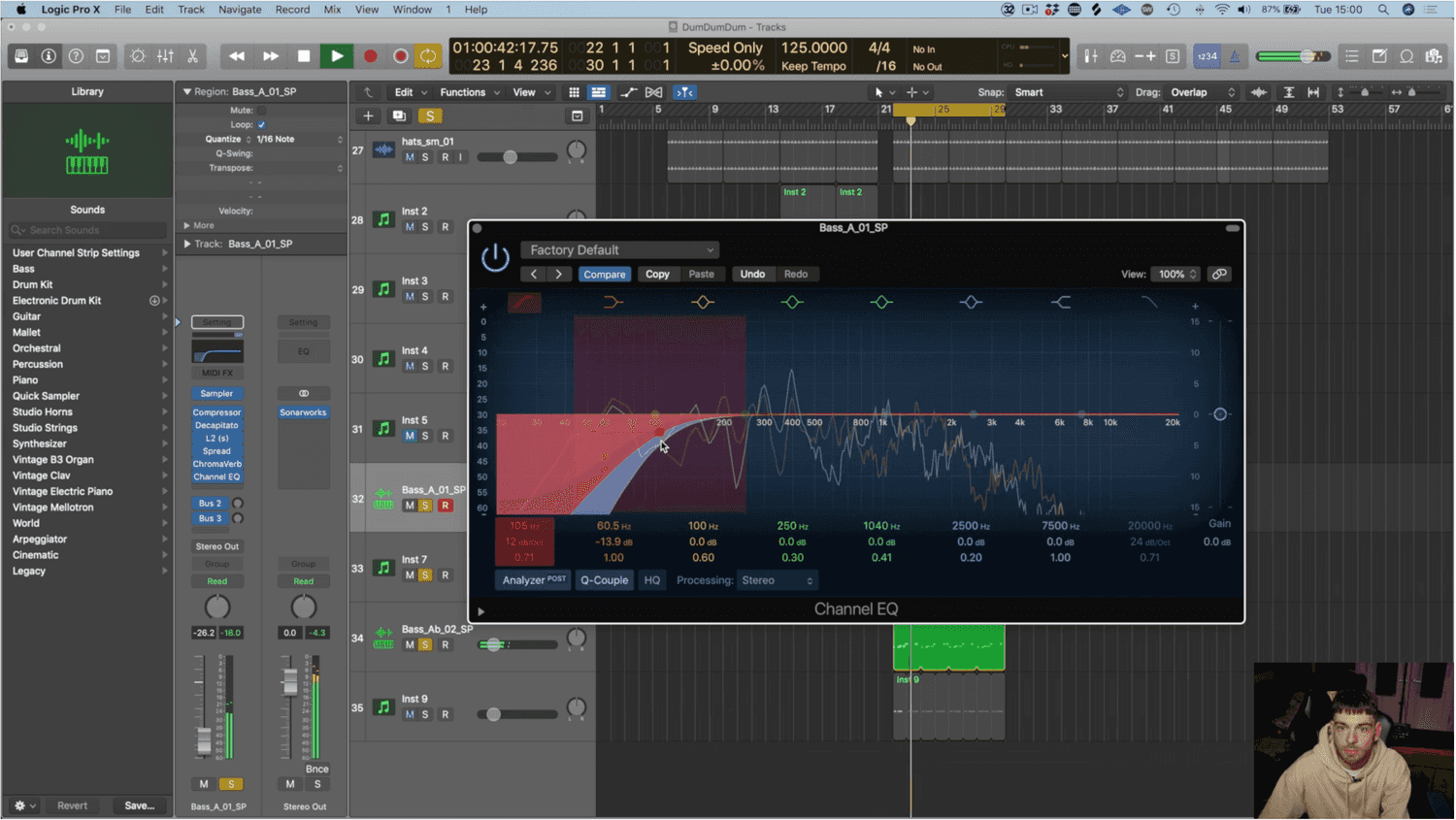
Building a Hard Hitting Kick
DJ S.K.T gets the kick hitting hard and punching through his mix with a resonator, limiter, equaliser and saturator.
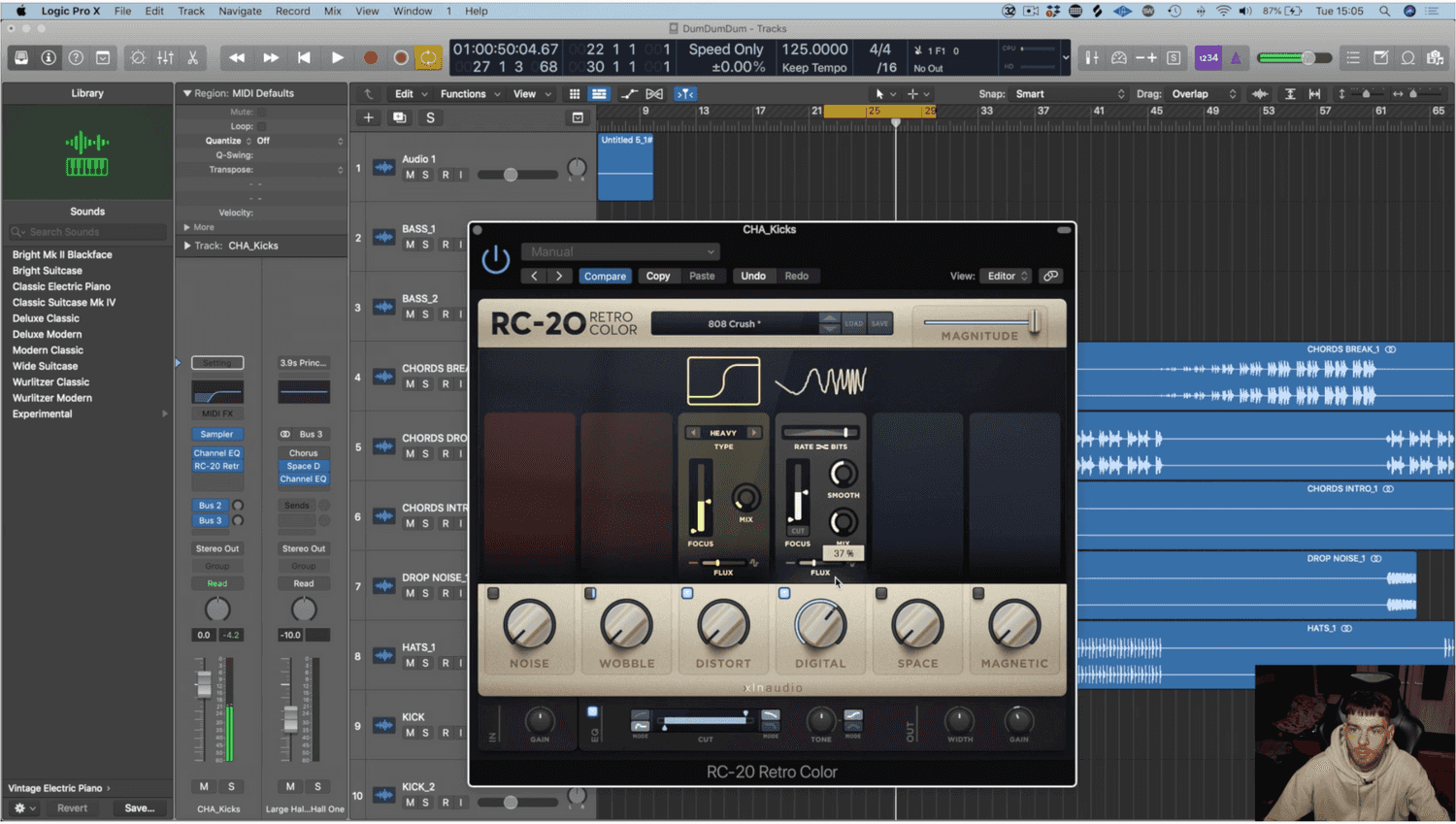
Balancing out the Drums
DJ S.K.T balances each drum element and layers his kick for added character.
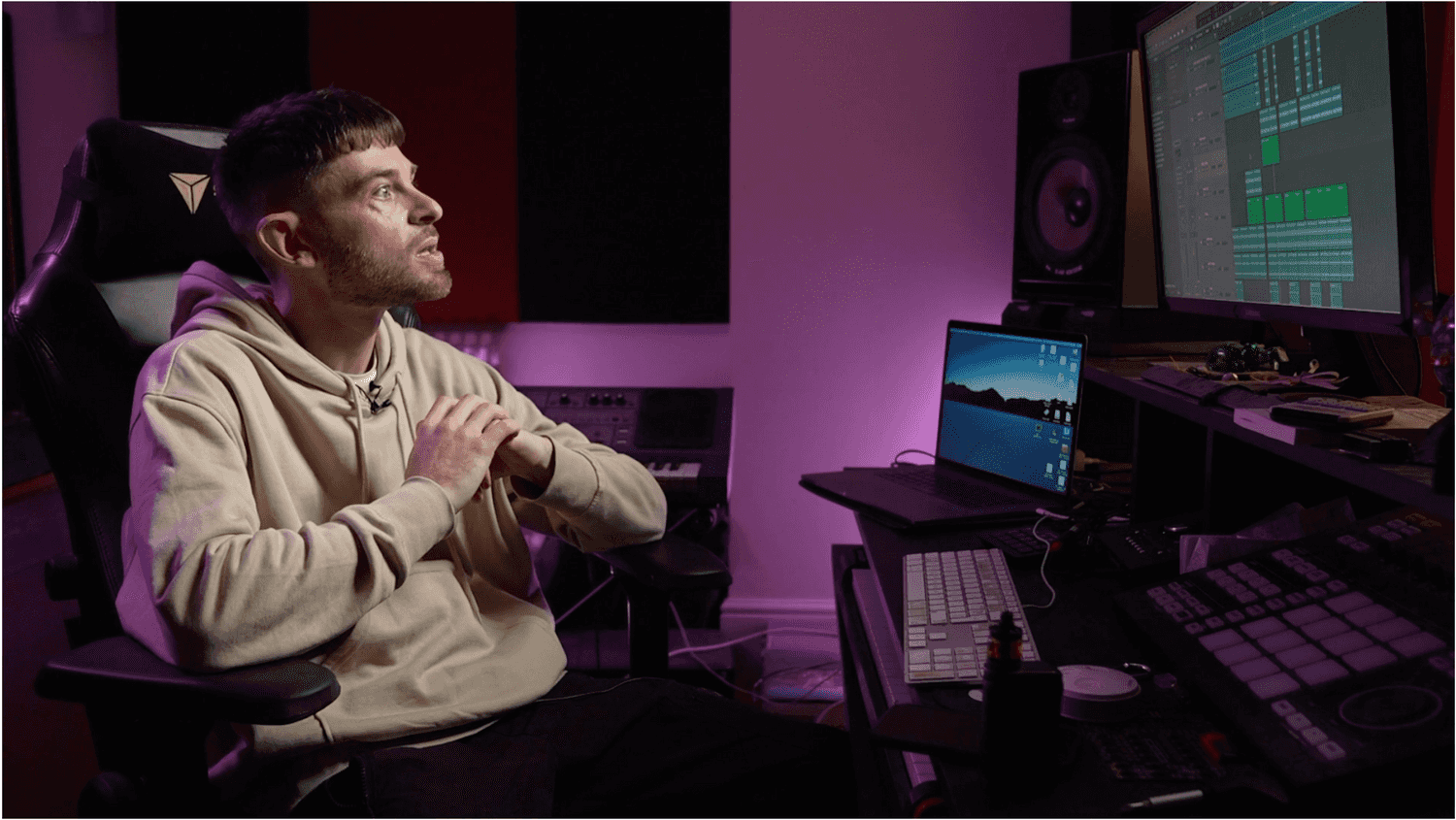
Adding Extra Interest
For more interest and detail DJ S.K.T adds new percussive elements, white noise, effects and some creative processing.
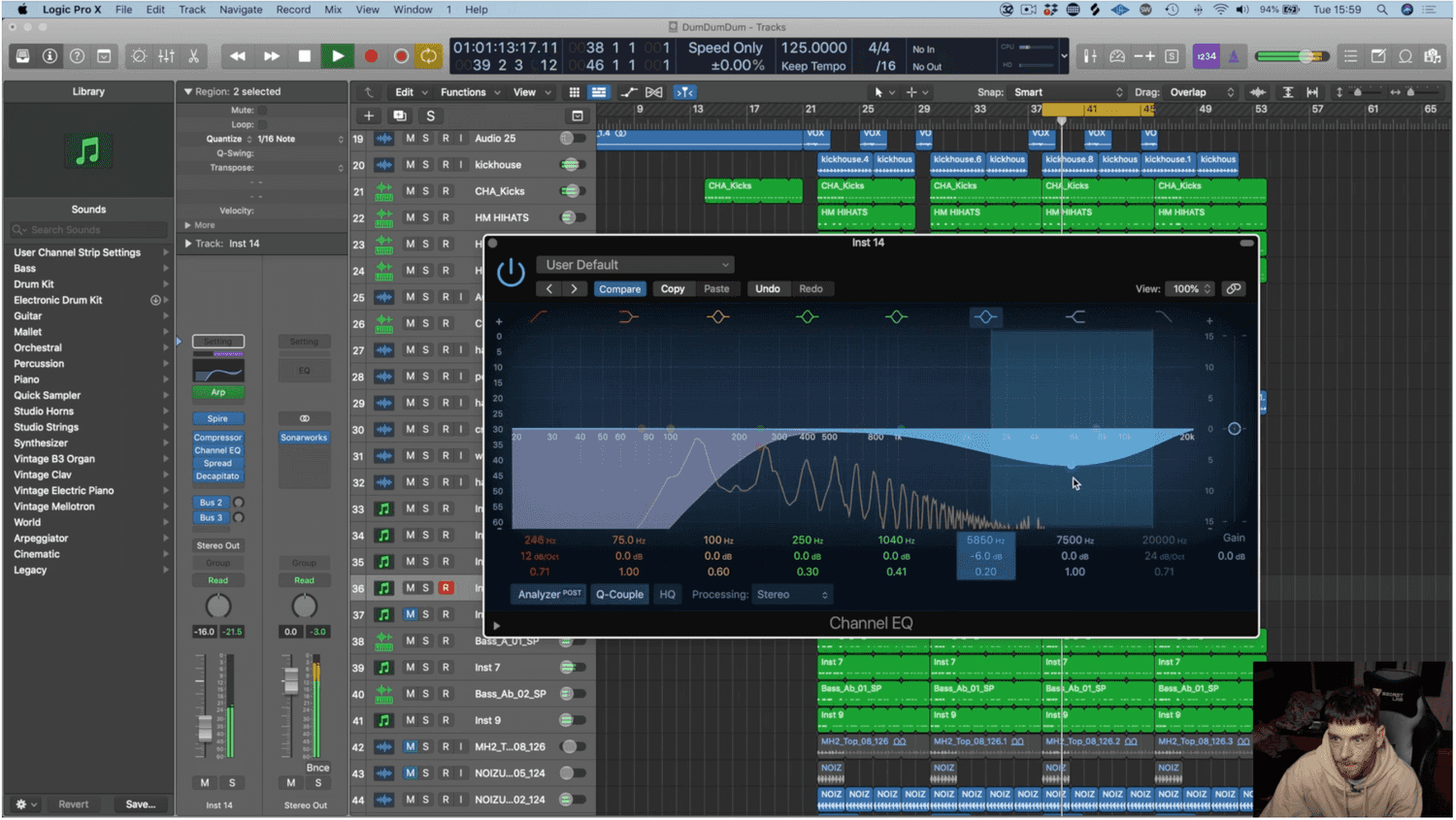
Developing the Arrangement
A new synth lead sound is added. DJ S.K.T develops the track’s energy by adding and removing elements in different sections.
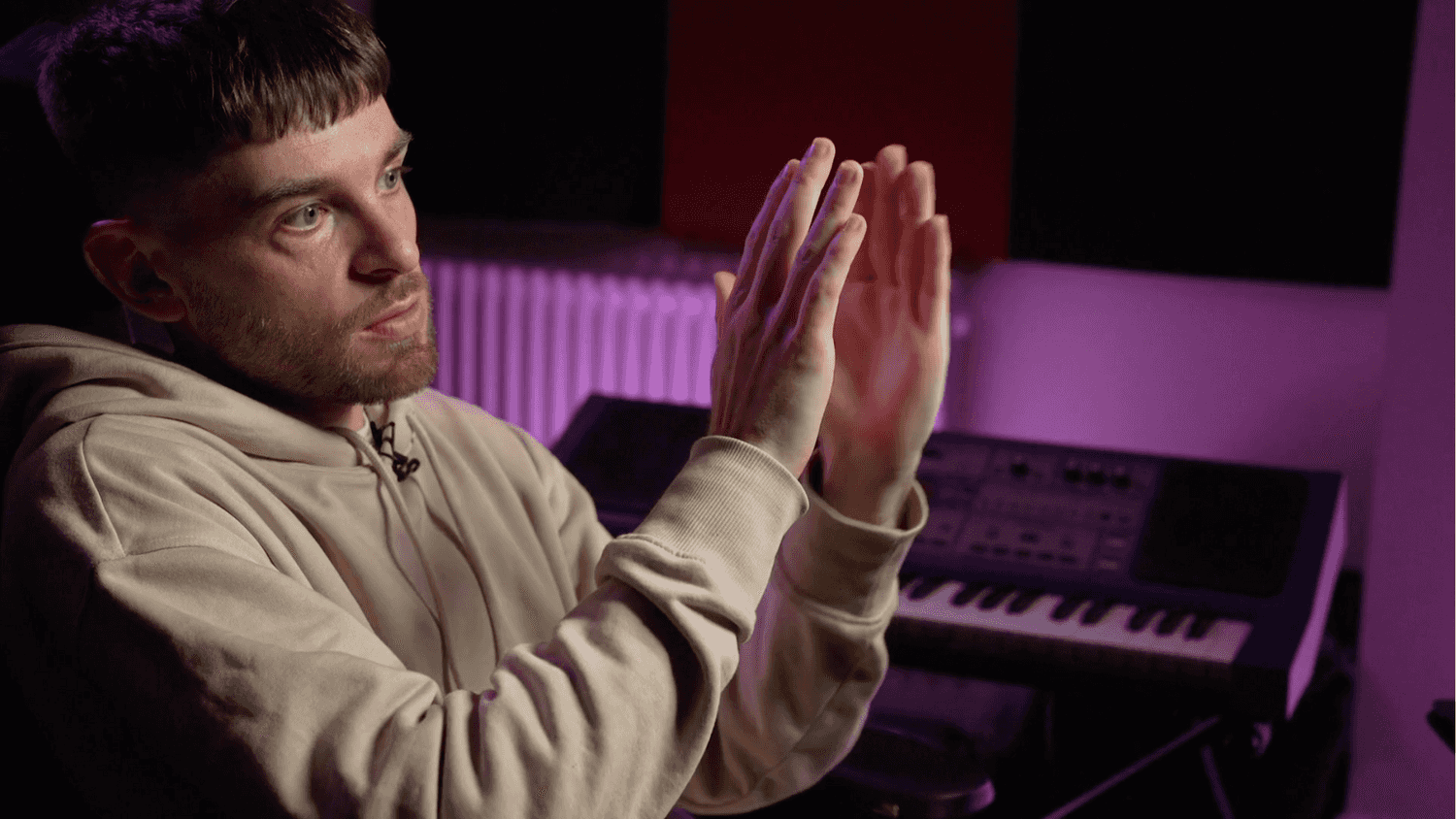
Creating a Breakdown
Use a low pass filter to create a warm breakdown. Gradually re-add elements to build energy into his second drop.
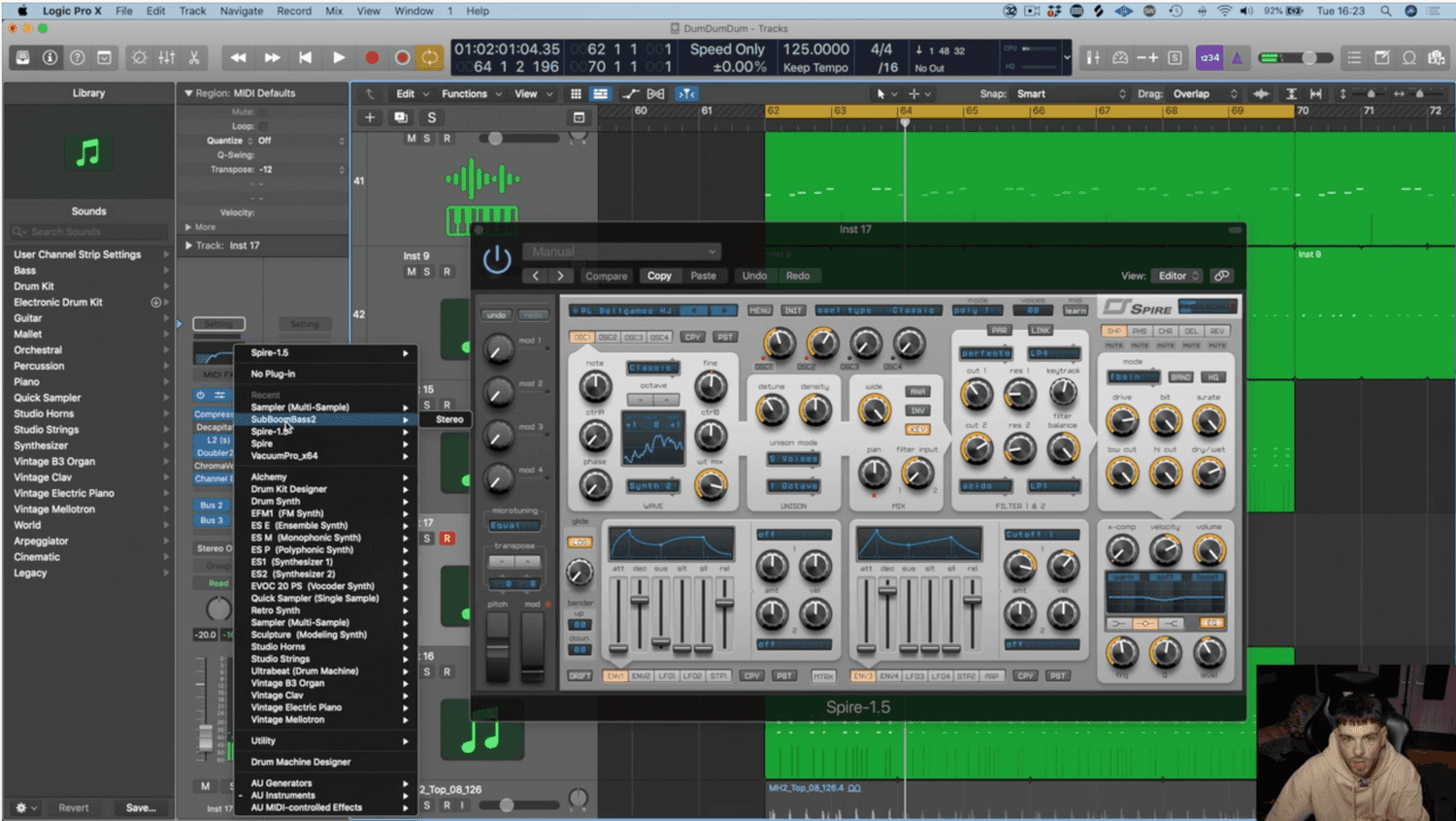
Differentiating Drop Two
DJ S.K.T differentiates the second drop from the first by adding a counter melody to play off the existing percussion.

Building out the Drop
To develop the drop further DJ S.K.T adds complementary sounds, keeping the audiences’ interest by varying the types of sound used.
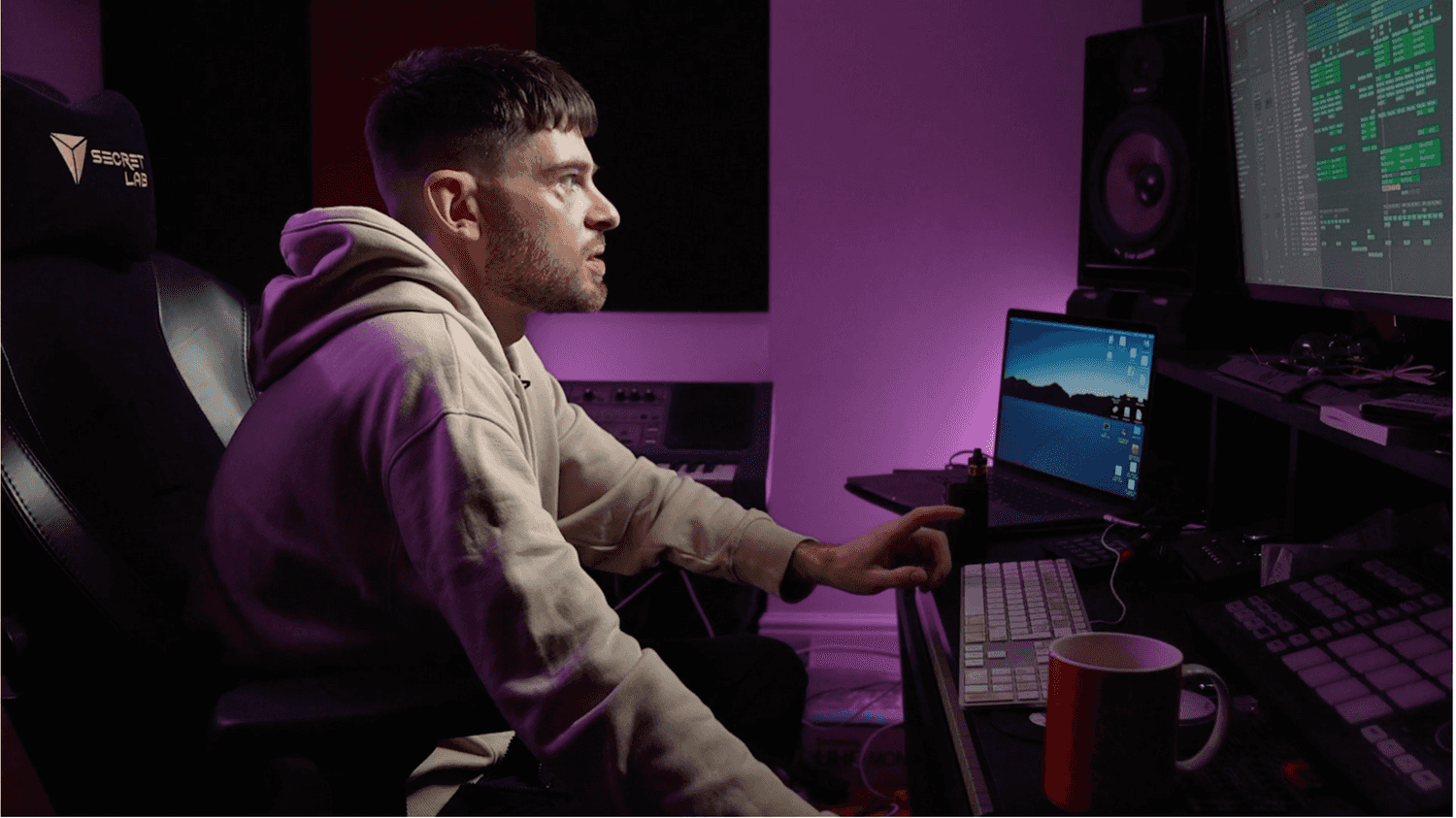
Controlling the Low End
DJ S.K.T tightens up the low end by rolling off high and mid frequencies and fine tuning his drop melodies.
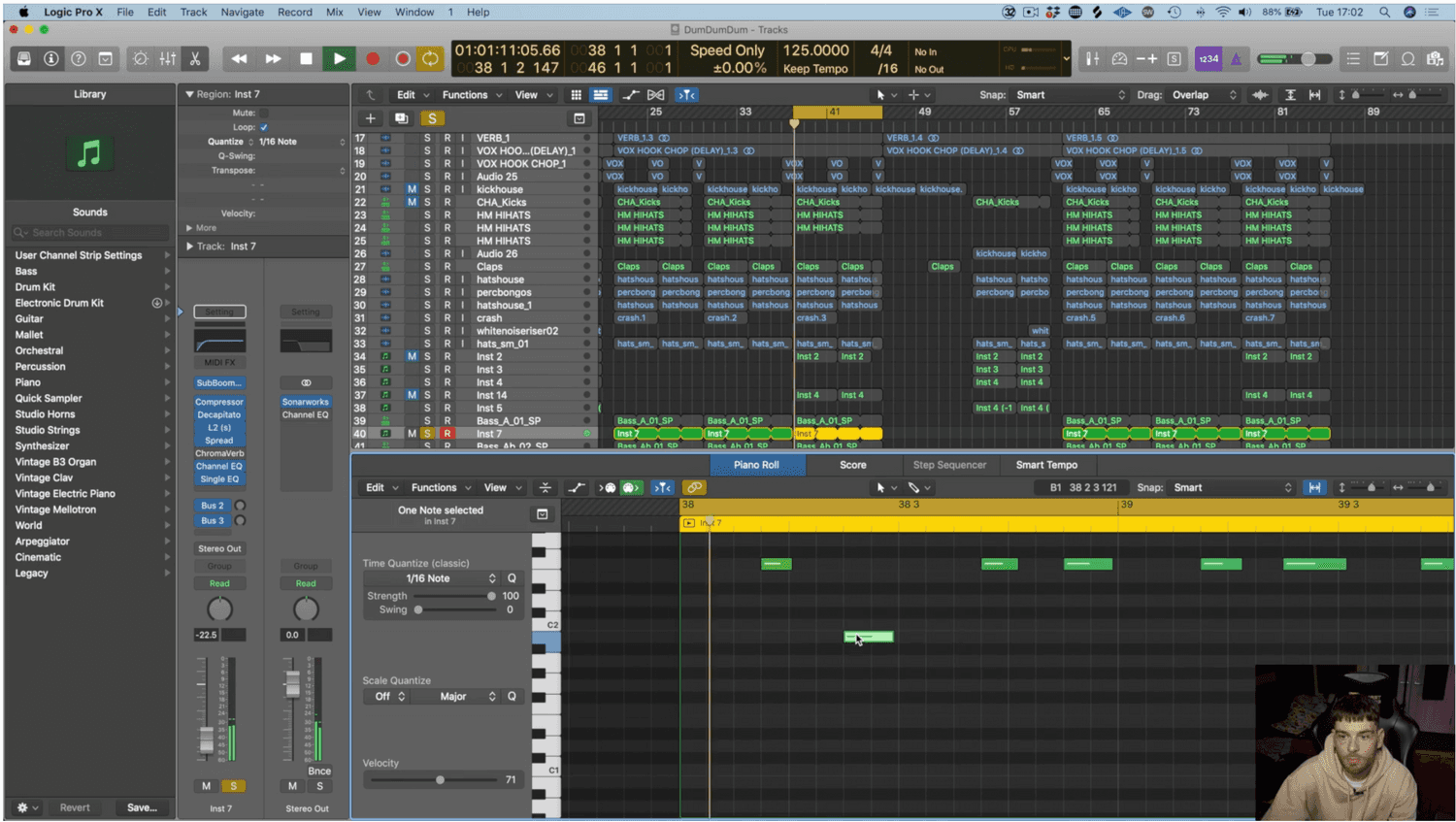
Tweaking the Mix and Arrangement
To get the energy throughout his track flowing just right, DJ S.K.T makes a few changes to the arrangement and mix.
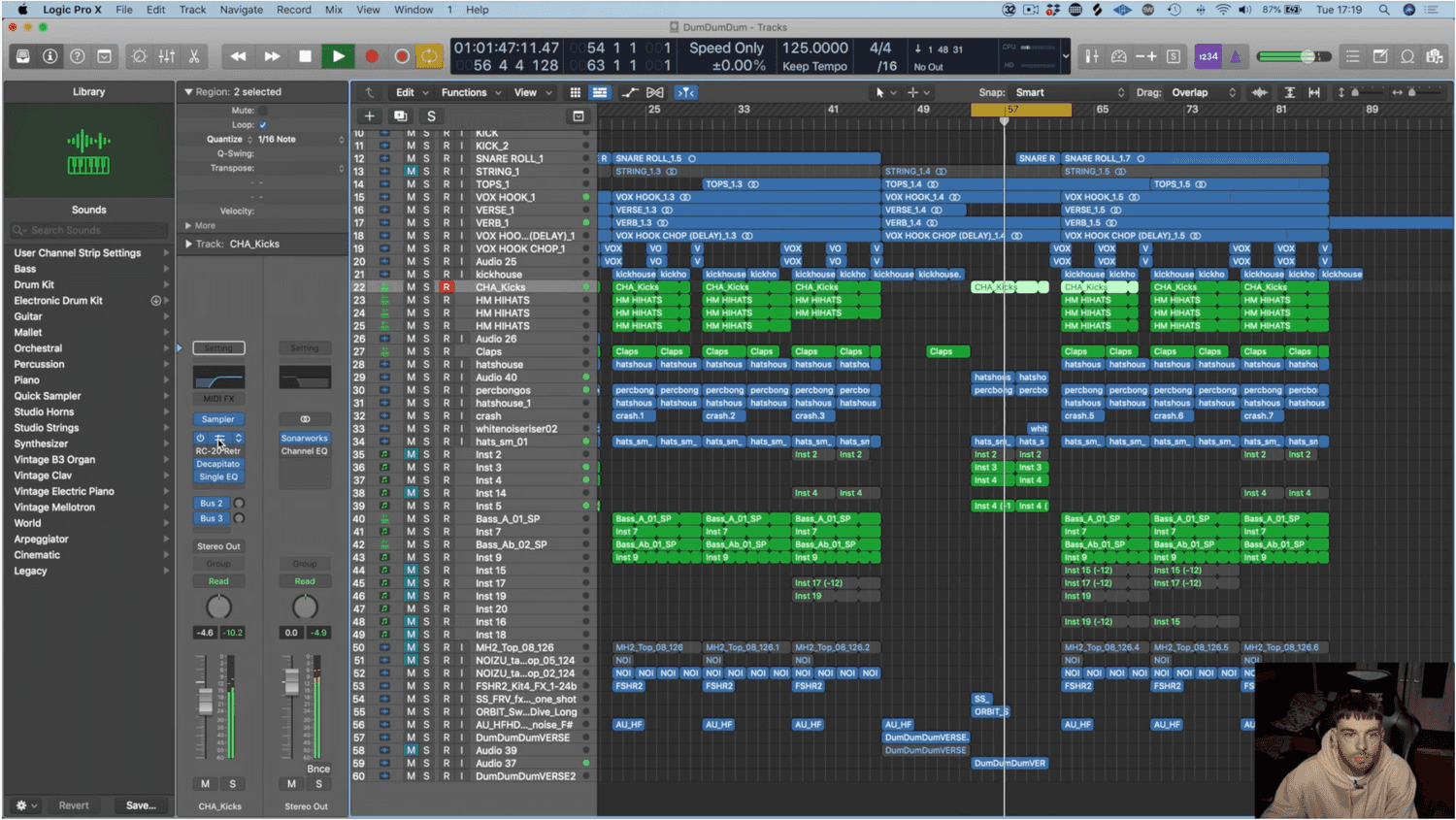
Making the Vocal Pop
To get the vocal cutting through the mix, DJ S.K.T adds reverb, delay, limiting and EQ; balancing other elements to match.
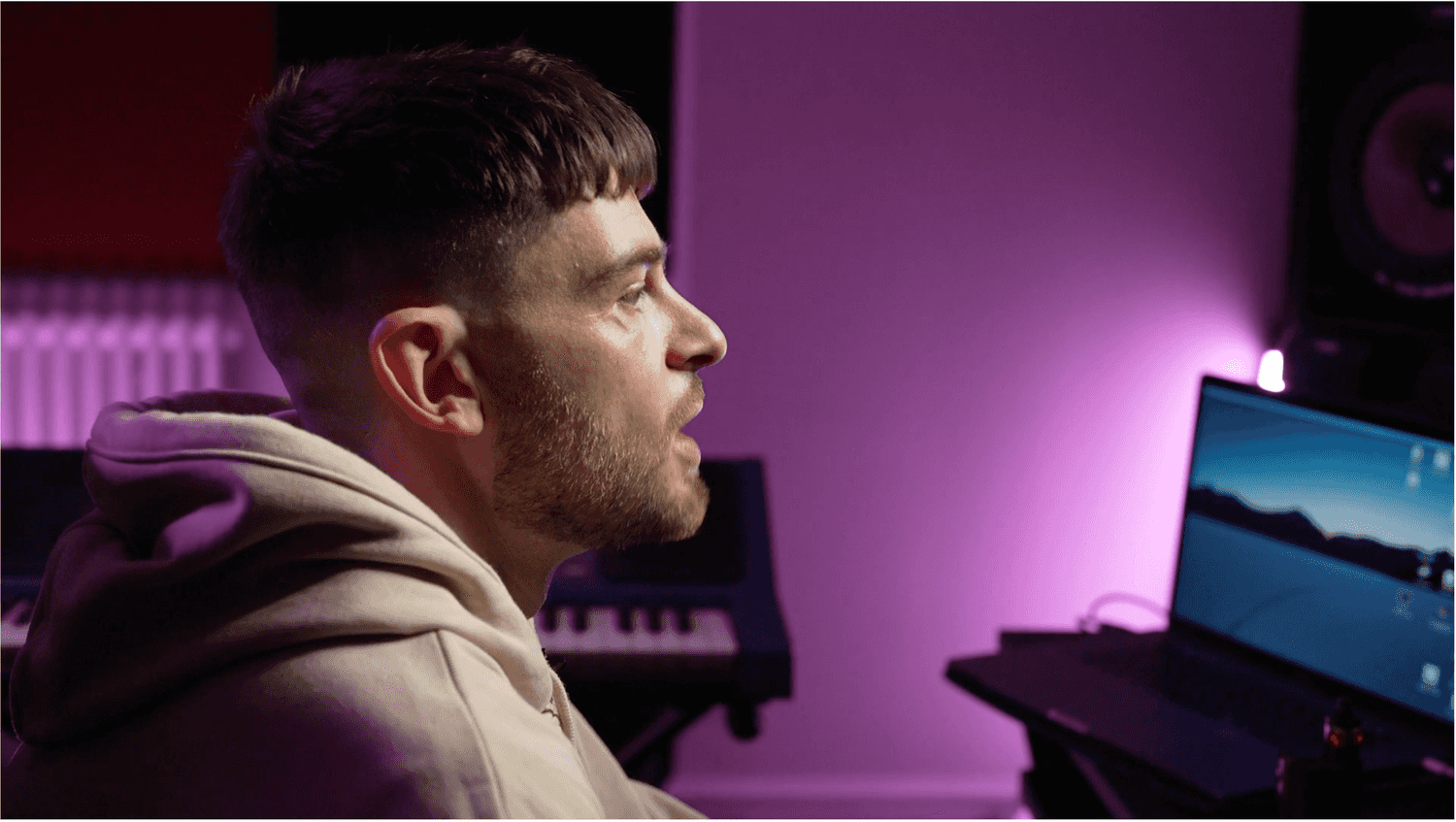
Percussion Sparkle
DJ S.K.T carves out space for percussion elements like hi hats and shakers to add detail and sparkle to his drums.
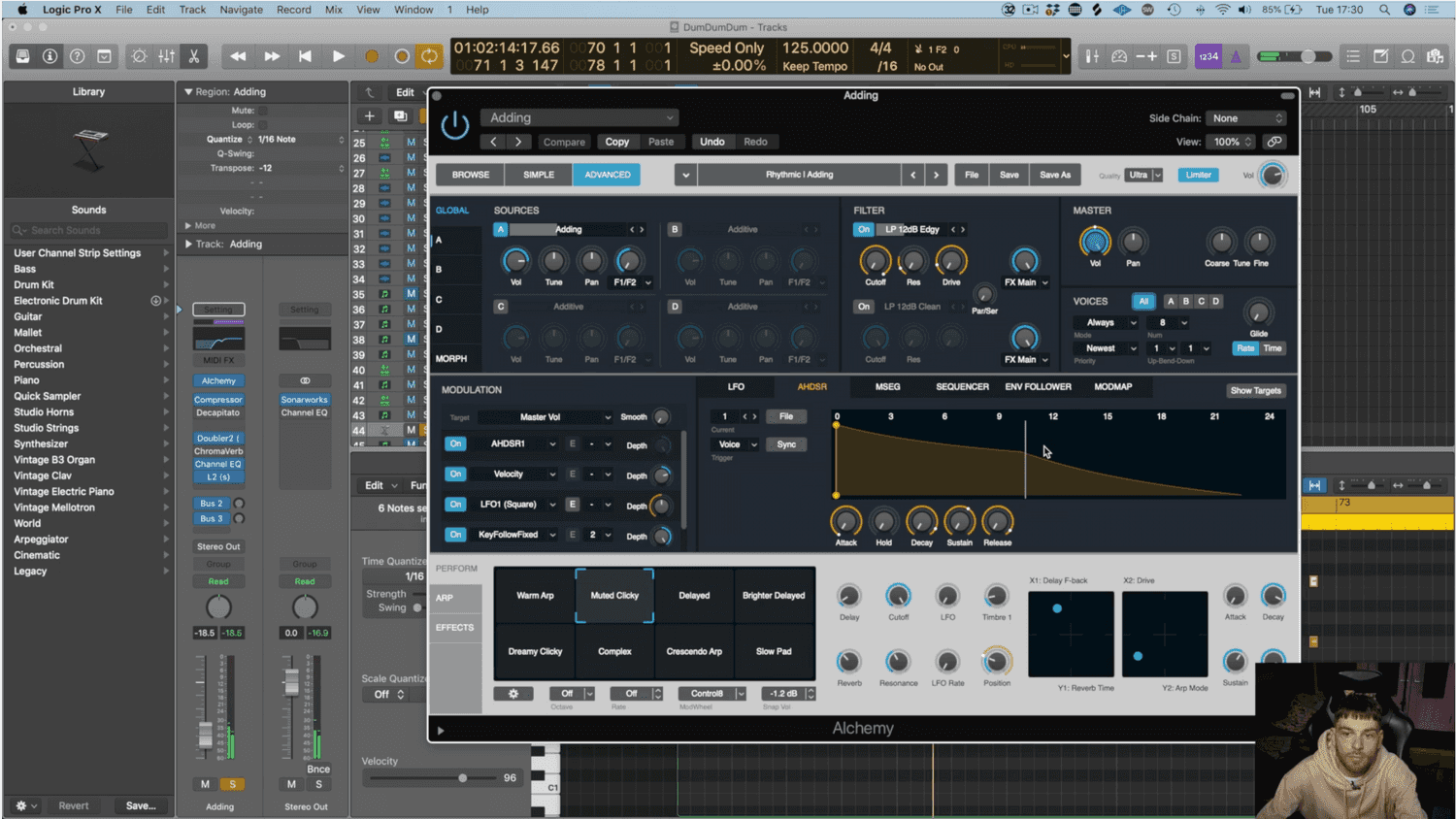
Adding Pads
To create background atmosphere, DJ S.K.T adds a pad, being careful not to overpower other elements in the mix.
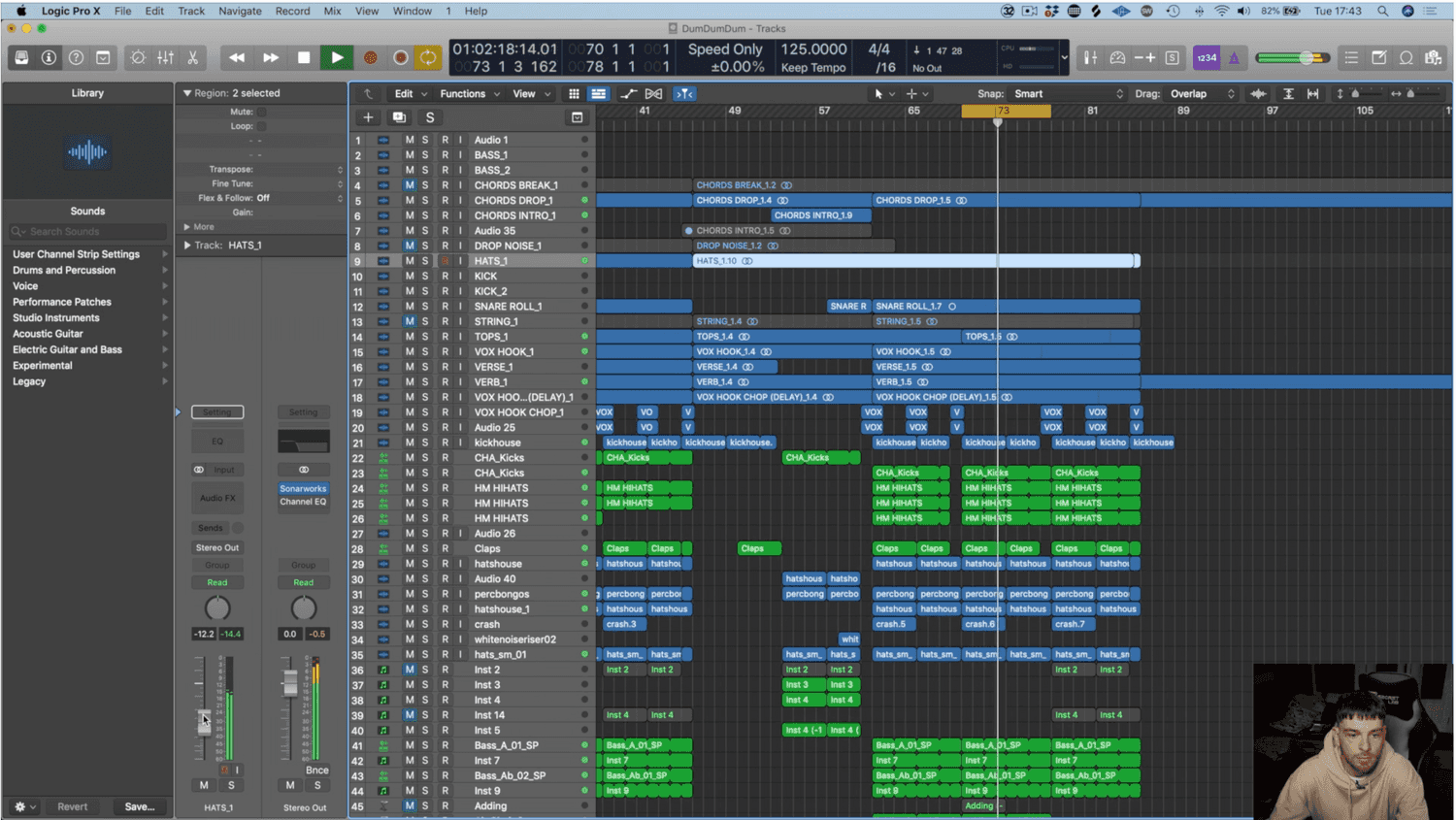
Mixing as you Go
DJ S.K.T continues to mix as he goes, targeting and tweaking frequencies with a resonator, EQ and compressor.
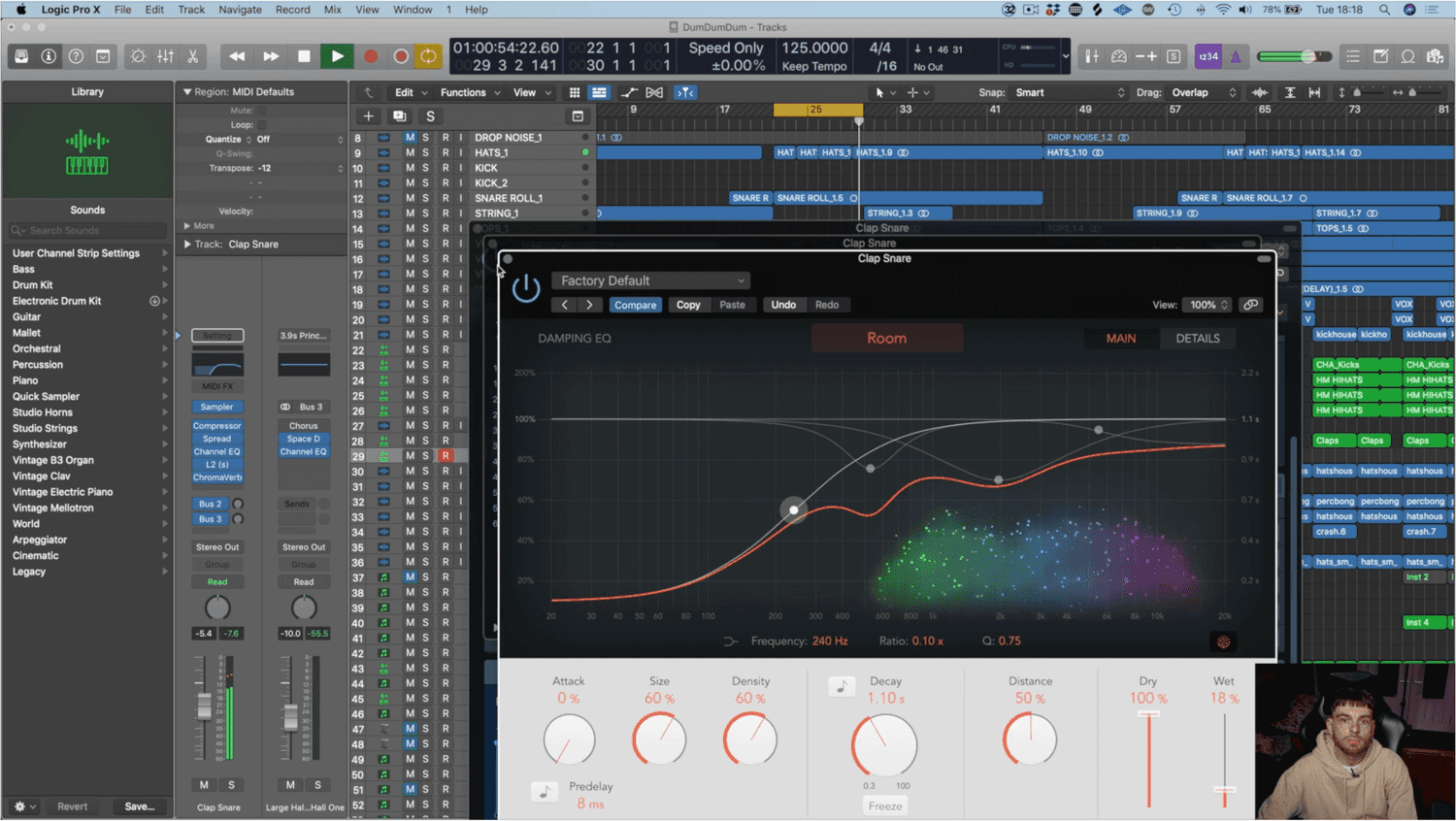
Fixing Issues in the Mix
Scanning through the mix, DJ S.K.T fixes spectral issues, elevates elements and layers on top of existing elements where needed.
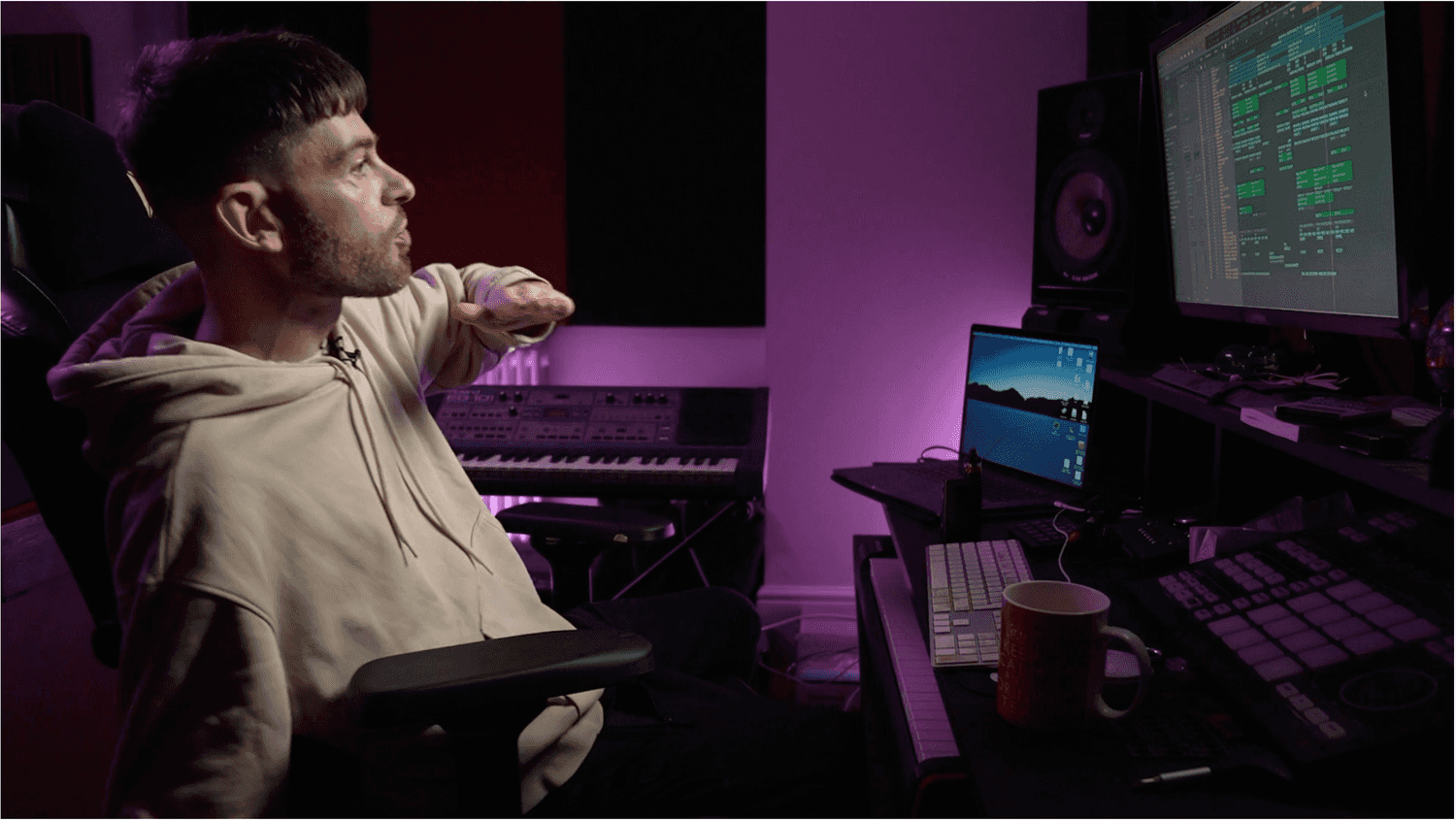
Perfecting Transitions
DJ S.K.T fine tunes transitions between sections with FX and edits for the best possible flow.
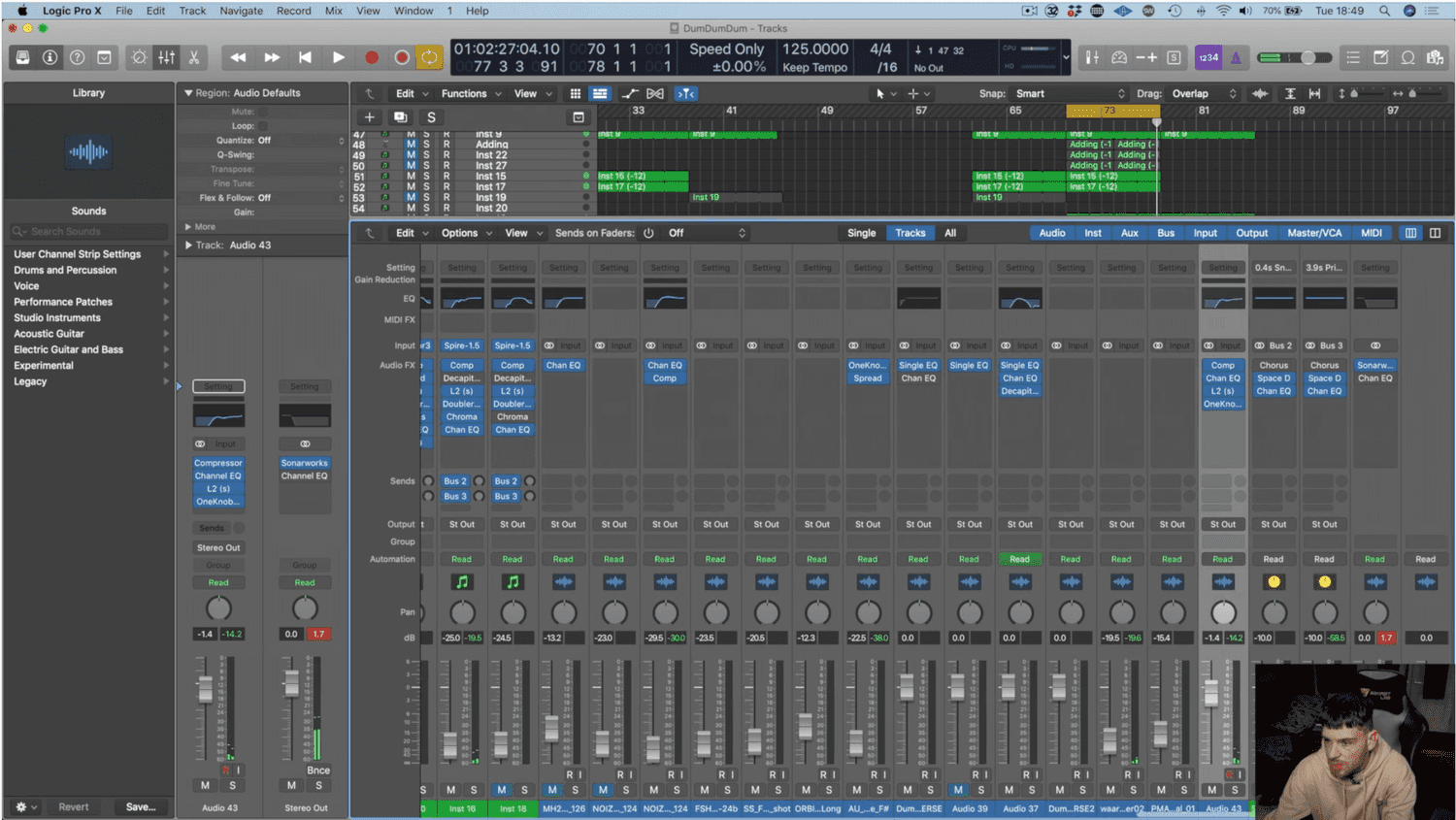
One Final Element
By adding a sustained sound to the track, DJ S.K.T blends all the elements in the arrangement together.
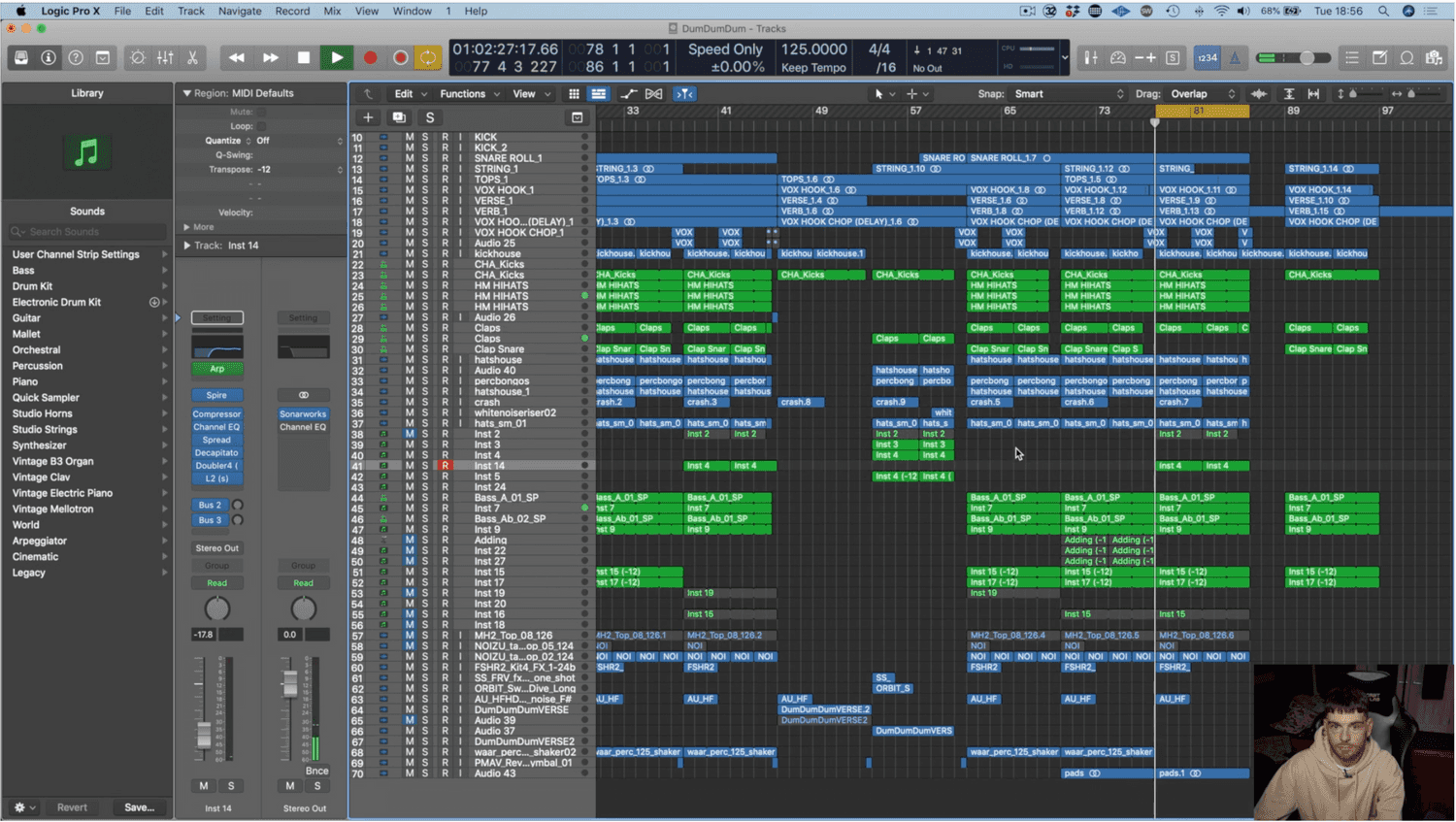
Final Tweaks
With the end in sight, DJ S.K.T makes his final EQ and arrangement decisions.
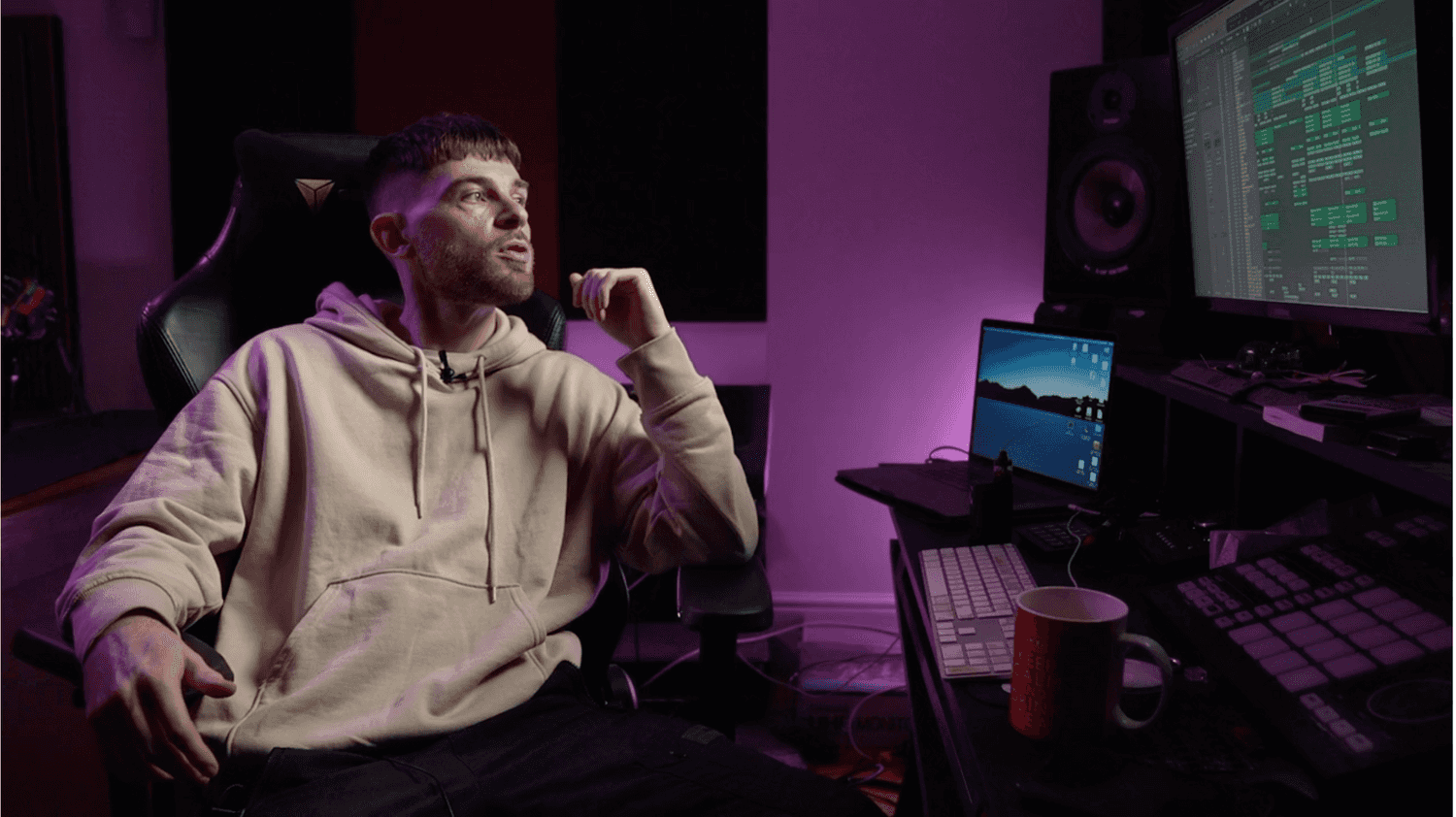
Mixing and Mastering
DJ S.K.T masters his track and finalises his mix. Changes at this stage are minimal but crucial for club sound systems.
About
As many producers will tell you, finishing songs isn’t easy – especially when you’re getting continuously bogged down in the little issues that are bound to arise in any mix. In this course, DJ S.K.T will draw upon all his experience to teach you how to move through a number of common music production processes, including EQing, compressing, limiting and satiating, as well as plenty of creative effects processing.
This course is a unique opportunity to dive right into a studio session with a dance music producer who has put out releases with some of the world’s biggest labels, including Atlantic, Universal, Ministry of Sound and Toolroom. Starting with just a folder of stems, S.K.T will lay out an invaluable strategy for starting and finishing arrangements, mixing as you go, and directing a project towards the final goal of exporting out a final version.
You’ll learn how to use a wide range of plugins too, as DJ S.K.T uses each stage of the production process to demonstrate production techniques with his favourite tools, from calibrating your monitors at the start of your session, processing sounds with effects during the mix, and mastering at the final hour. By seeing how music software is used in the context of an actual mixing session, rather than looking at each plugin in isolation, you’ll get a better sense of how to use it.
All in all, there are 25 chapters packed full of valuable insights into this course, which you can return to time and time again to pore over DJ S.K.T’s every move in as much detail as you want. So, if you’re looking to improve your workflow and learn studio techniques from a producer with Official UK Top 40 Chart hits, you’ve come to the right place.
- 4 hour on-demand course
- Lifetime access
- Learn in Logic, but applicable to other DAWs
- Includes sound design, arranging, mixing techniques and more
- Discover how to build a chart-friendly Tech House track.
Chapters
- 1. Working with Vocals
- 2. Building a Drum Beat
- 3. Piano Stabs and Vocal Doubling
- 4. Adding Energy to the Buildup
- 5. Finalising the Intro and Buildup
- 6. Adding Bass to the Drop
- 7. Developing the Drop
- 8. Building a Hard Hitting Kick
- 9. Balancing out the Drums
- 10. Adding Extra Interest
- 11. Developing the Arrangement
- 12. Creating a Breakdown
- 13. Differentiating Drop Two
- 14. Building out the Drop
- 15. Controlling the Low End
- 16. Tweaking the Mix and Arrangement
- 17. Making the Vocal Pop
- 18. Percussion Sparkle
- 19. Adding Pads
- 20. Mixing as you Go
- 21. Fixing Issues in the Mix
- 22. Perfecting Transitions
- 23. One Final Element
- 24. Final Tweaks
- 25. Mixing and Mastering
Login
X


